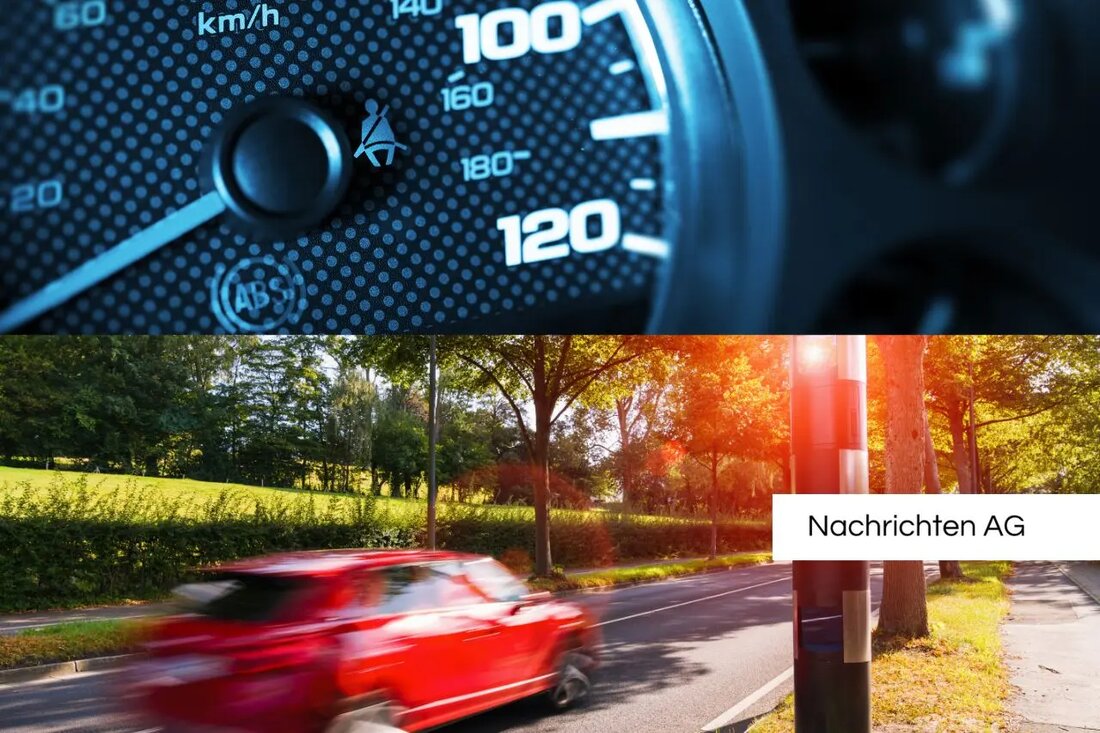Lightning speed control in Burscheid: The fines are that high!
Lightning speed control in Burscheid: The fines are that high!
This day, March 12, 2025, the city of Burscheid, ZIP 51399, has announced a mobile speed monitoring. The current location of the radar box is in Grünscheid. The message was published at 1:22 p.m., which gives a clear indication of the speed limit of 50 km/h. It should be noted that the positions of the measuring points can change during the day or that new locations are added, reports news.de .
speeding is one of the most common traffic violations and are the main cause of traffic accidents. This problem has prompted the authorities to regularly use mobile radar controls in order to increase traffic safety. The road traffic regulations (StVO) regulate the respective sanctions for overrun speed and ensure that the corresponding fines are imposed even in the event of violations.
fines and consequences
The fines for speed violations vary depending on the severity of the violation and whether it was crossed in urban or out of town. Especially for Burscheid, where control takes place today, the relevant fines for in -depth exceedings are as follows:
| transition (km/h) | fine (EUR) | points | driving ban |
| to 10 | 30 | no | no |
| 11 to 15 | 50 | no | no |
| 16 to 20 | 70 | no | no |
| 21 to 25 | 115 | 1 | no |
| 26 to 30 | 180 | 1 | 1 month |
In addition, there are warnings for more serious violations that can also draw points in Flensburg or lead to driving bans, especially for repeated violations. Paragraph 23, paragraph 1b of the StVO also states that the use of devices that indicate or disrupt traffic monitoring measures is prohibited.
technological aspects of speed monitoring
The mobile speed traps, as are also used in Burscheid, use the Doppler effect for speed measurement. This technology sends out electromagnetic signals that are reflected by vehicles. The first radar trap was installed in North Rhine-Westphalia in 1959, and today there are around 4,500 such surveillance devices in Germany, bussgeld-info Together.
In order to increase traffic safety, statistics and surveys on mobility and transport infrastructure are repeatedly accumulated. This data not only helps the development of traffic strategies, but also with the creation of solutions for traffic -related questions. The Federal Ministry of Digital and Transport publishes the traffic statistics "Traffic in Numbers" every year, which also responds to relevant mobility data, as can be experienced at Research information system.de
| Details | |
|---|---|
| Quellen | |


Kommentare (0)